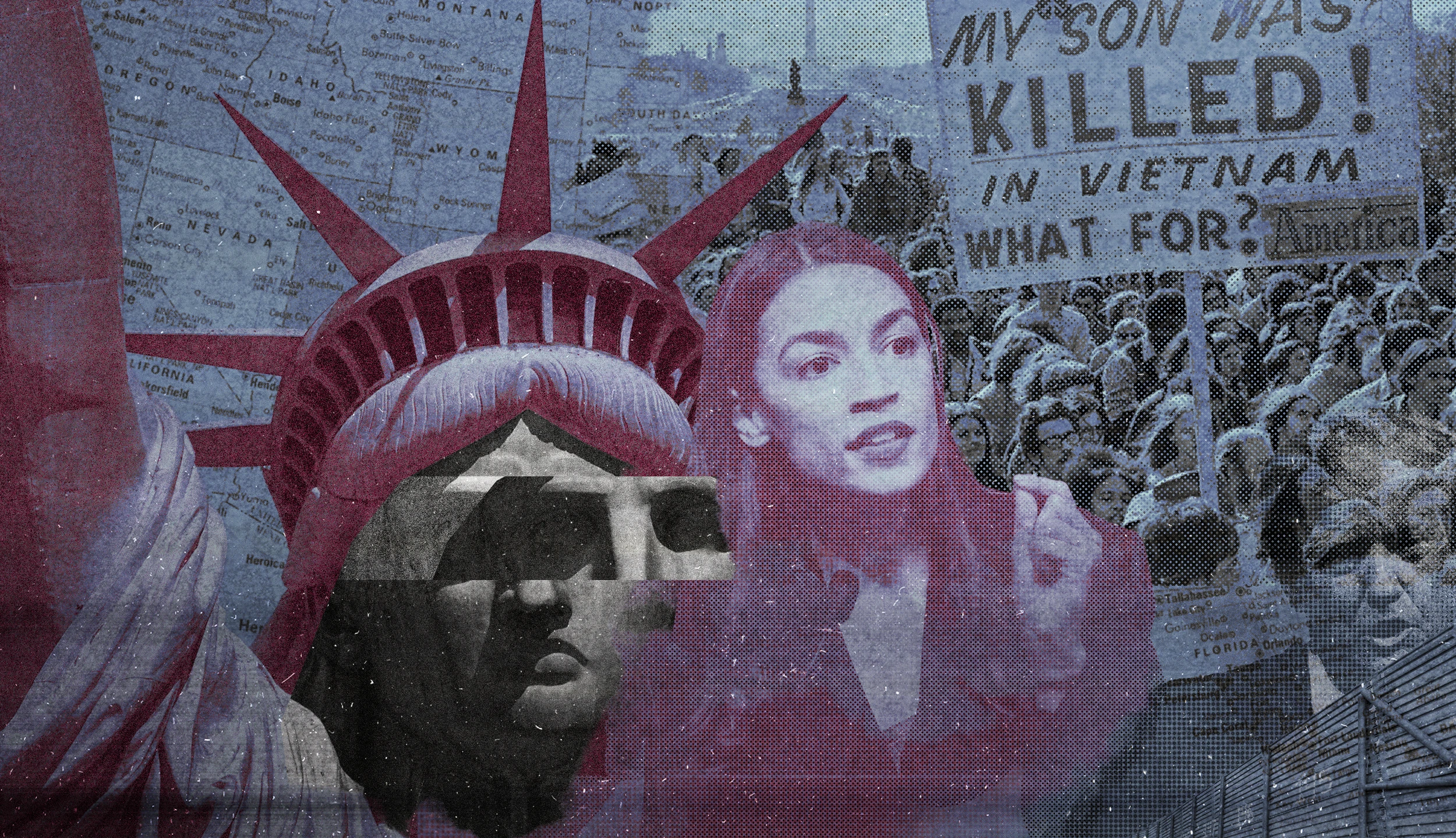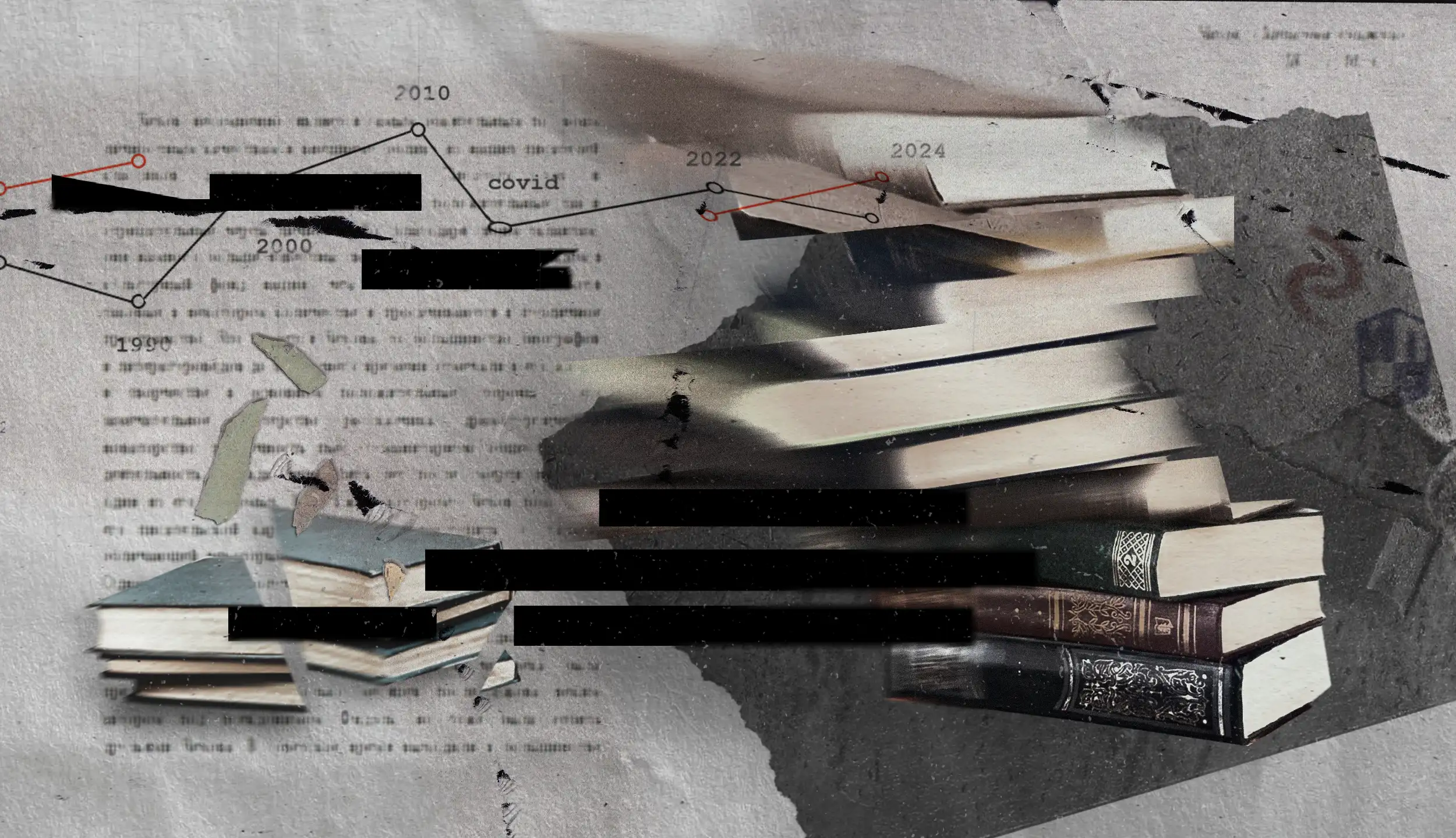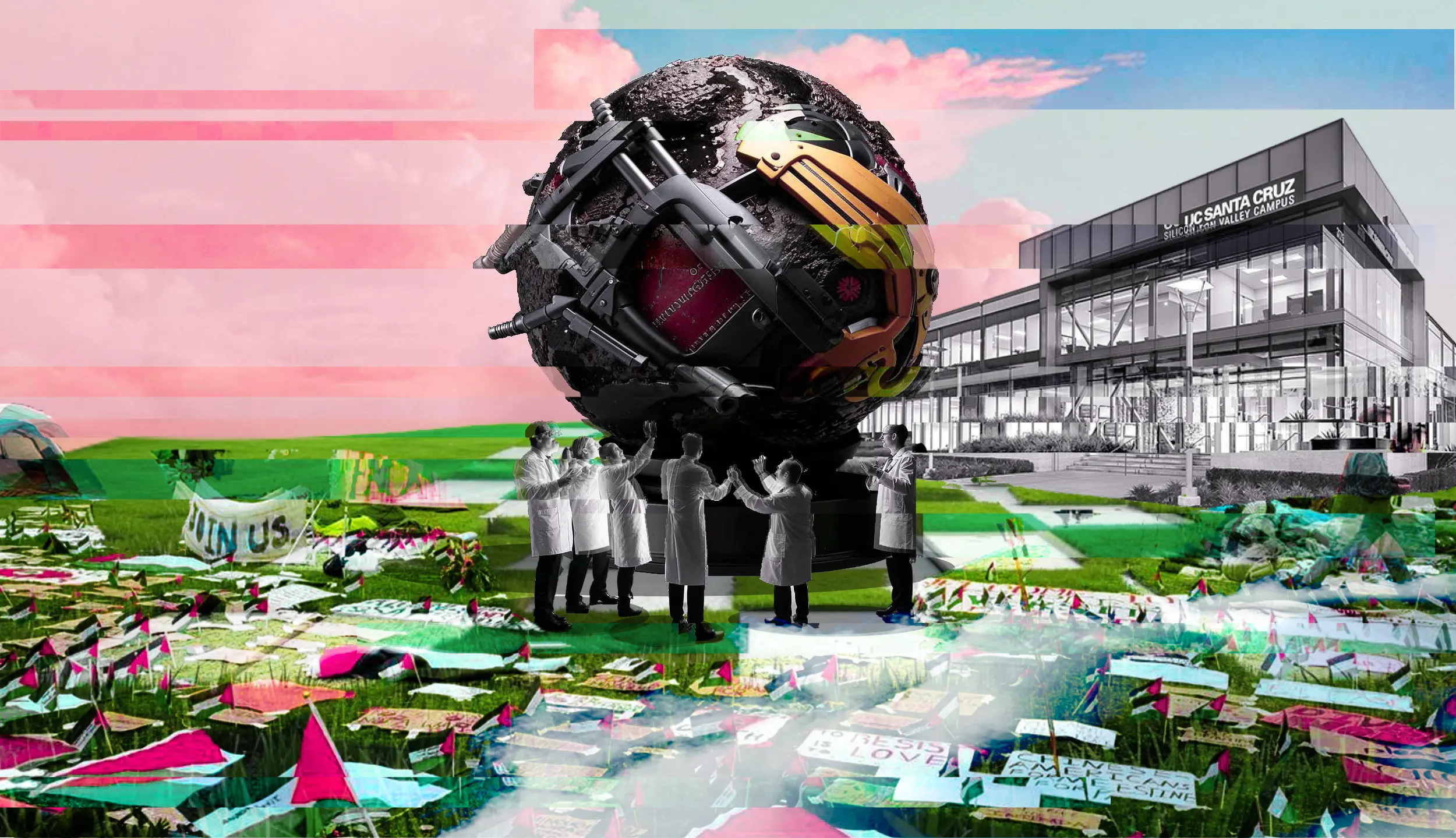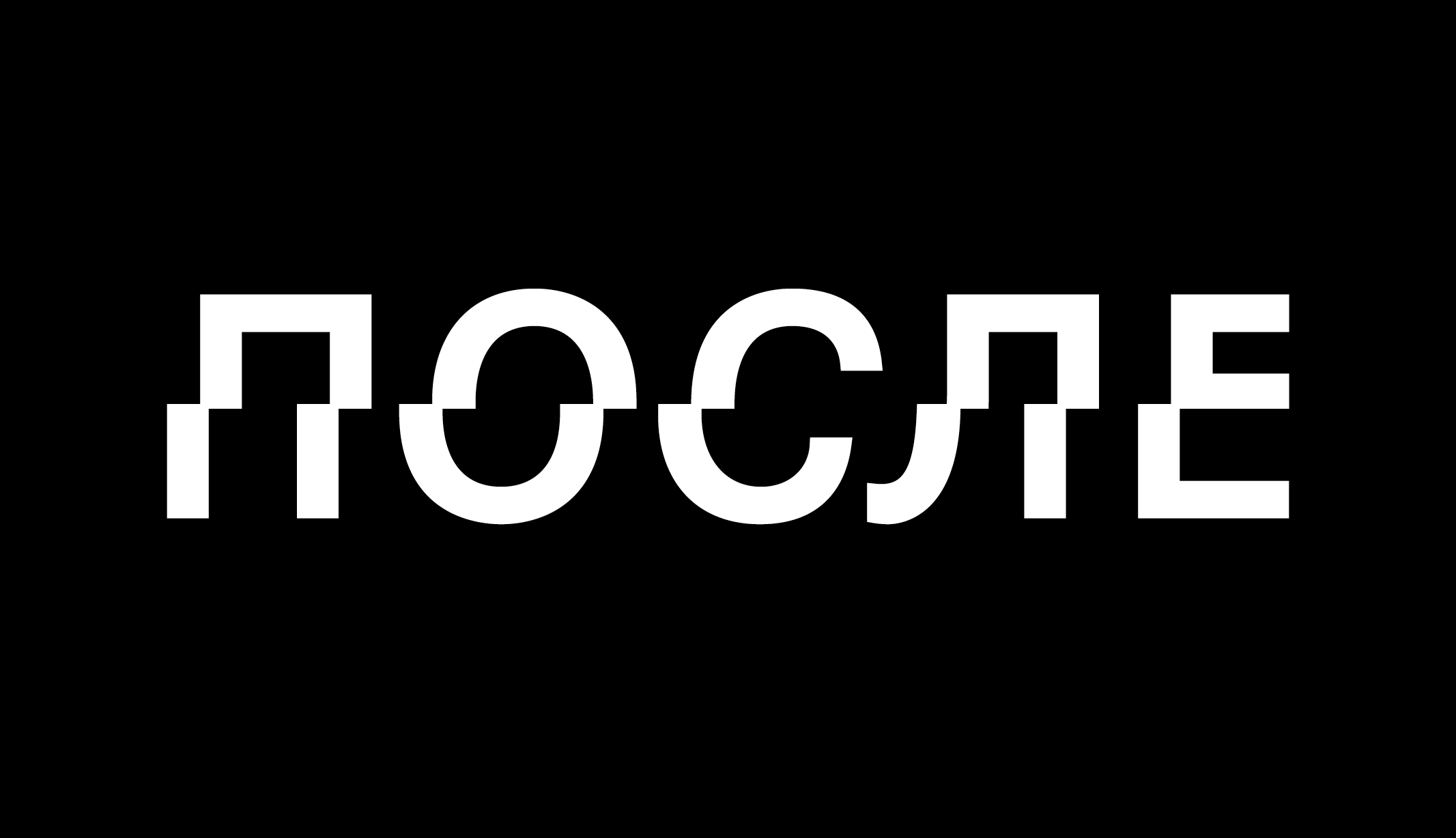I. American Politics and Foreign Policy
The American people by and large support Ukraine in its battle for its sovereignty against Russia. According to a recent poll, two-thirds of Americans support Ukraine regaining its territory. Eighty percent of Democrats support Ukraine, but most Republicans want to see the conflict ended soon even if it means ceding territory to Russia.
The conservative and anti-democratic American political system, and the longtime domination of the capitalist Democratic and Republican parties, the latter recently evolving into a far-right party, have ensured that the Left is weak. In elections, there is virtually no significant opposition to the two principal parties. The Democrats and Republicans are not disciplined parties, are riven by factions, and some Democrats consider themselves to be progressives or socialists. One third of voters identify as independents who may vote either Republican or Democrat in elections. The electoral left parties — Green Party, Peace and Freedom Party (in California), Socialist Workers Party, and Socialist Party — receive few votes, a tiny percentage of the total. The Communist Party USA has not run any candidates since the 1990s.
Historically, after World War II and for twenty years, the Republicans and Democrats had no fundamental political differences on foreign policy. The slogan was, politics ends at the water’s edge. Differences, however, emerge over the Vietnam War and later the Afghanistan and Iraq Wars, and then particularly during the Trump presidency. Trump called for an end to endless wars, for the United States to break with its European allies in NATO and the EU, and expressed admiration for Vladimir Putin, the authoritarian head of the Russian state which had been the U.S.’s chief post-war antagonist.
For domestic consumption, Trump blamed China’s economic policies, Muslim-Arab terrorists, and Latin American immigration policies for U.S. problems. With his “America First” program he dramatically altered U.S. international relations. (He threatened to leave NATO, left the Trans-Pacific Partnership, quit the Paris Agreement on climate, withdrew from the Iran nuclear deal, and left the World Health Organization, UNESCO, and the Human Rights Council.) He also came close to detonating a nuclear war with North Korea, but then “fell in love” with Kim Jong-un. Foreign relations became chaotic.
President Joe Biden, hoping to take on the challenge of China, has returned to traditional U.S. imperial policies, attempting to reconstruct the NATO alliance, the relations with the EU, especially in support of Ukraine’s defensive war against the Russian invasion, and working to construct an Asian alliance with Japan, Australia, South Korea, Vietnam, the Philippines and Thailand, India and others. Latin America, once rather easily dominated by the United States, has splintered politically and some countries look for other foreign allies, while China has become the continent’s second largest investor.
Foreign policy is seldom high on the list of the American people’s priorities. Concerns about the economy, at the moment inflation, abortion (because of the overturning of Roe v. Wade), firearms, or crime are higher on the list. According to a recent and highly reliable poll, Americans of both major parties overwhelming support Ukraine’s right to defend its sovereignty and regain its territory. Votes in the U.S. Congress for military aid to Ukraine have been passing at rates of about 86 to 11 in the Senate and 368 to 57 in the House. The “no” votes have been cast by Republicans leaning toward the far-right.
It should be mentioned that the United States has large Ukrainian communities in some cities. Since the beginning of the war, these communities organized large protest demonstrations against the Russian invasion. Through their churches and social organizations, Ukrainian Americans provide material aid to Ukraine. There is very little connection between the Ukrainian community and the U.S. Left.
II. The immediate situation of the Left and Ukraine
The broad American left extends from the leftwing of the Democratic Party, through the left electoral parties (Greens, P&F, etc.), to the socialist organizations and sects, to the social movements. The U.S. labor movement cannot be included in the left, since it generally does not take left positions and does not participate in or solidarize itself with social movements. The leaders of the Democratic Party’s left, who consider themselves socialist, Senator Bernie Sanders and Congressmembers known as “the squad” — Alexandria Ocasio-Cortez, Ilhan Omar, Ayanna Pressley, Rashida Tlaib, Jamaal Bowman, Cori Bush — all voted for the bills to finance military aid to Ukraine.
The largest organized socialist group in the United States is the Democratic Socialists of America (DSA) which claims 90,000 members. DSA is not a political party and does not run candidates for office, but it does support candidates, most of them running for non-partisan positions or as Democrats. DSA has proven incapable of organizing serious political discussions and debates, so it is difficult to know what its members actually think on many issues. DSA has, however, taken a position opposing Russia’s invasion of Ukraine but also opposing military aid to Ukraine. DSA expresses no support for Ukrainian self-determination or its right to protect its territorial integrity. The Communist Party, the second largest left organization in the United States, has taken a similar position, criticizing Russia’s invasion but also opposing further military support to Ukraine. Other smaller leftist organizations such as the Party of Socialism and Liberation have also taken a similar position, though leaning toward support for Russia. Among the smaller organizations on the Trotskyist left one finds the argument that the U.S. and NATO are responsible for the war, sometimes without criticism of Russia. As one can see, campist and even neo-Stalinist politics are common in the American left today.
Other groups oppose the Russian invasion and support the Russian anti-war movement, but see the war as an inter-imperialist conflict and are critical of Ukraine accepting arms from other nations.
Jacobin, the publication and website with the greatest circulation in the country, initially, while condemning Russia’s invasion, put most emphasis on the responsibility of the United States and NATO for the war and predicted arms provided to Ukraine would end up in the hands of neo-Nazis. More recently it has run articles by Ukrainian socialists who are both fighting Russia and also resisting Ukrainian president Volodymyr Zelensky’s neoliberal and anti-working class agenda.
Noam Chomsky, America’s best-known leftist, strongly condemned the Russian invasion of Ukraine — comparing it to the United States in Iraq and to the Hitler-Stalin invasion of Poland — but he tends to put greatest responsibility for the war on the U.S. and NATO. It is unclear where he stands on Ukraine’s right to get arms to defend itself.
The anarchist left has condemned the Russian invasion and supports Ukraine’s fight against Russia but opposes all states and their involvement.
There is also a small socialism-from-below tendency present in several journals and groups — Solidarity/Against the Current, Tempest, Spectre, New Politics and Internationalism from Below — that stands with Ukraine against Russia and defends Ukraine’s right to acquire arms wherever it can. The socialism-from-below tendency also supports Russian anti-war activists.
The Anti-War Movement
The United States in the twentieth and early twenty-first century had at times large and powerful anti-war movements, against the war in Vietnam in the 1960s and 70s, against U.S. intervention in Central America in the 1980s, and against the U.S. war in Afghanistan and Iraq. Protest demonstrations often involved tens or even hundreds of thousands. These movements developed a political position that condemned the U.S. State Department’s foreign policy, the CIA’s operations, and militarism and war. At times these movements also expressed solidarity with the nations and peoples under attack by U.S. imperialism. In the 2000s, these movements were led by a group called Act Now to Stop War and End Racism (ANSWER), at the center of which was the Workers World Party and later a split from it called the Party of Socialism and Liberation, both with Stalinist politics. When Barack Obama was elected president with a Democratic Party Congress promising to end the wars in Afghanistan and Iraq, the anti-war movements declined.
There remains only a small U.S. anti-war movement, perhaps a couple score of local organizations with only hundreds of members altogether. They continue to hold the historic opposition to U.S. imperialism, but do not condemn the imperialist wars of other nations. The mostly white peace movement is loath to criticize countries of the East or Global South whose populations are made up of people of color. So, these remnants of the anti-war movement have tended, with some exceptions, to become campist, opposing the U.S. and sympathetic to countries resisting it, even if they are authoritarian, such as Russia, China, Iran, and Syria.
The most important of the current anti-war groups is Code Pink: Women for Peace which calls for diplomacy, immediate negotiations, and peace now, opposing military aid to Ukraine. Code Pink has helped to create the Peace in Ukraine Coalition. Another group, the small union group, U.S. Labor Against War, which has a similar political origin in opposition to U.S. wars in the past, also opposed U.S. military support.
What about the unions?
Virtually all U.S. labor unions maintain close ties to the Democratic Party and follow its political lead, and when the Democrats hold executive power, that means the U.S. unions take their cues from the U.S. State Department. In fact, there is a long history of U.S. State Department and CIA involvement with the unions in overseas activities. U.S. unions did not break with the U.S. government over Vietnam, Central America, Afghanistan or Iraq. So today it is not surprising that the AFL-CIO, the largest labor federation, supports the Biden administration’s position of support for Ukraine and expresses its solidarity with Ukrainian unions. State and local labor organizations seldom discuss foreign policy issues unless they directly impact employment, such as in the armaments industries. Rarely do rank-and-file groups raise foreign policy questions.
III. The Political Fight for Ukraine
The left, after U.S. wars in Vietnam, Central America, Afghanistan, and Iraq is in general anti-military, anti-war, anti-CIA and anti-State Department, and anti-NATO. This history has predisposed the left to the development of campist views. There is also, however, an active campist left and neo-Stalinist left, present in various organizations that rejects defense of the right of Ukraine to self-determination and that leans toward authoritarian leaders, parties, and states.
Those of us involved in the socialism-from-below organizations and journals do not at this time have a large social base that would allow us to have an impact in developments. So, we have dedicated ourselves to carrying out educational work through the publication of articles, the organizations of virtual panel discussions. We attempt to work with the Ukrainian socialist organization Sotsialniy Rukh and the Ukrainian journal Commons, interviewing their activists and republishing some of its articles on our websites. We have also been engaged in modest contributions toward material aid.







